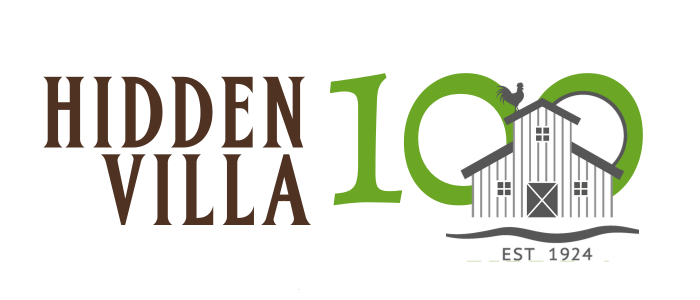Description
This video shows how the choices of one family saved a watershed.
Image_List

Lesson
Printable Materials
How One Family Saved a Watershed (PDF) Lesson Plan
Discussion
1. How can you help save the wild spaces that are still left?
2. What is a wilderness preserve?
3. What is a watershed?
4. Some people call watersheds land funnels, why do you think that is?
5. What could you do to take care of the wilderness?
Here is a "call to action" - get to know the wild places around you.
7. What are some wild places around you?
8. What are some famous wild places in your state and how were they saved for you to enjoy?
9. What National Parks are in your area?
10. What are good changes to the wilderness versus destructive changes to the environment?
Standard
3-LS4-4 Biological Evolution: Unity and Diversity
Students who demonstrate understanding can: Make a claim about the merit of a solution to a problem caused when the environment changes and the types of plants and animals that live there may change.
Disciplinary Core Ideas LS4.D: Biodiversity and Humans
Populations live in a variety of habitats, and change in those habitats affects the organisms living there.
Crosscutting Concepts: Systems and System Models
A system can be described in terms of its components and their interactions
Interdependence of Engineering, Technology, and Science on Society and the Natural World
Knowledge of relevant scientific concepts and research findings is important in engineering.
Science and Engineering Practices: Engaging in Argument from Evidence
Engaging in argument from evidence in 3-5 builds on K-2 experiences and progresses to critiquing the scientific explanations or solutions proposed by peers by citing relevant evidence about the natural and designed world(s). Make a claim about the merit of a solution to a problem by citing relevant evidence about how it meets the criteria and constraints of the problem.
